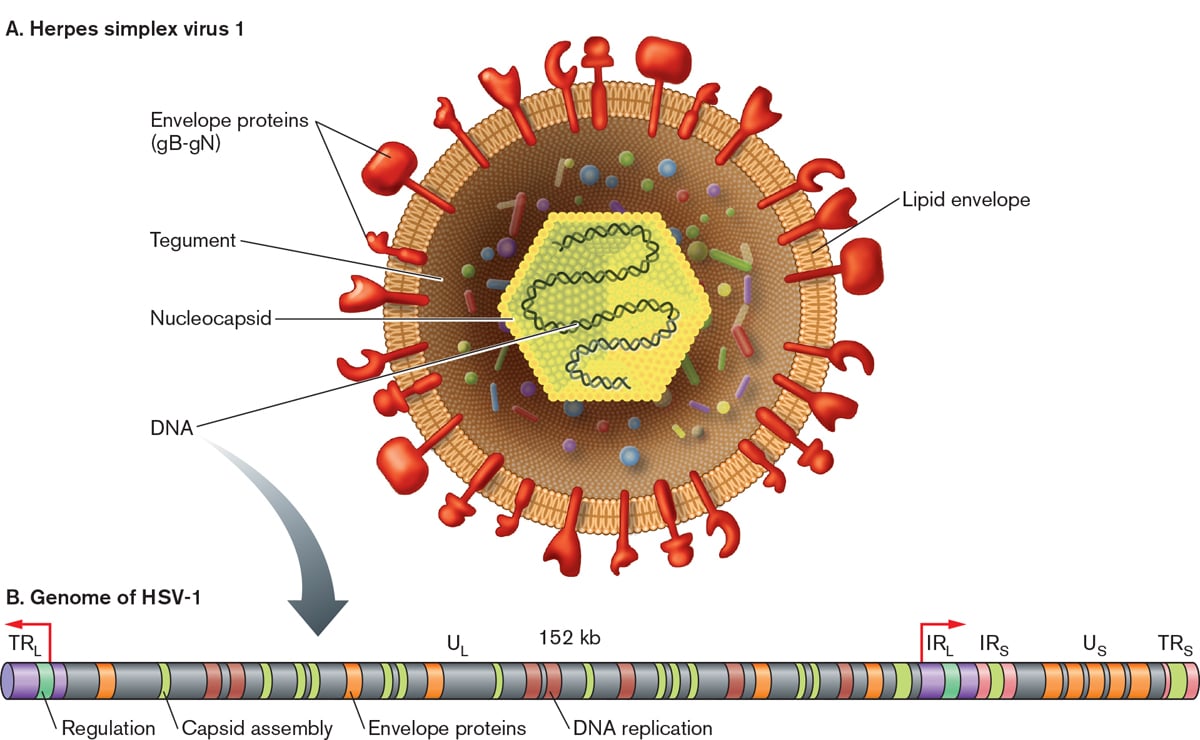In the realm of human health, the acronyms HSV and VZV frequently appear, often causing confusion among individuals seeking information about these prevalent viral infections. While both abbreviations represent distinct viruses that belong to the herpesvirus family, they exhibit unique characteristics, transmission routes, and associated health implications. Understanding the differences between HSV and VZV is crucial for accurate diagnosis, prevention, and treatment strategies.
Delving into the World of HSV

Herpes simplex virus (HSV) encompasses a group of eight closely related DNA viruses that primarily infect humans. HSV types 1 and 2 are the most common, responsible for a range of infections, including oral herpes (cold sores) and genital herpes. HSV infections are characterized by recurrent outbreaks, alternating with periods of latency, where the virus remains dormant within nerve cells.
Characteristics of HSV
Transmission: HSV primarily transmits through direct contact with infected lesions or bodily fluids, such as saliva or genital secretions.
Symptoms: Symptoms of HSV infections vary depending on the specific type and location of infection. Oral herpes typically manifests as blisters or sores around the mouth, while genital herpes causes similar lesions in the genital area.
Treatment: While there is no cure for HSV, antiviral medications can effectively manage symptoms and reduce the frequency of outbreaks.
Exploring the Realm of VZV

Varicella-zoster virus (VZV) is the causative agent of varicella, commonly known as chickenpox, a highly contagious childhood illness characterized by an itchy, blister-like rash. Following primary infection, VZV establishes latency within nerve cells, resurfacing years later as shingles, a painful rash with grouped blisters.
Characteristics of VZV
Transmission: VZV primarily transmits through airborne droplets from an infected person’s respiratory secretions.
Symptoms: Chickenpox typically manifests as an itchy, blister-like rash that spreads throughout the body. Shingles, on the other hand, causes a painful, blistering rash along specific nerve pathways.
Treatment: Antiviral medications can effectively manage the symptoms and shorten the duration of both chickenpox and shingles.
Comparative Table
| Feature | HSV | VZV |
|---|---|---|
| Primary Infection | Oral herpes, genital herpes | Varicella (chickenpox) |
| Latency | Yes | Yes |
| Reactivation | Yes (HSV outbreaks) | Yes (shingles) |
| Transmission | Direct contact with infected lesions or bodily fluids | Airborne droplets from respiratory secretions |
| Symptoms | Blisters or sores around the mouth or genital area | Itchy, blister-like rash that spreads throughout the body |
| Treatment | Antiviral medications | Antiviral medications |
Conclusion
HSV and VZV, while sharing some similarities, represent distinct viruses with unique characteristics, transmission routes, and associated health implications. Understanding the differences between these two viral infections is crucial for accurate diagnosis, prevention, and treatment strategies. With proper knowledge and awareness, individuals can effectively manage their health and make informed decisions regarding their well-being.